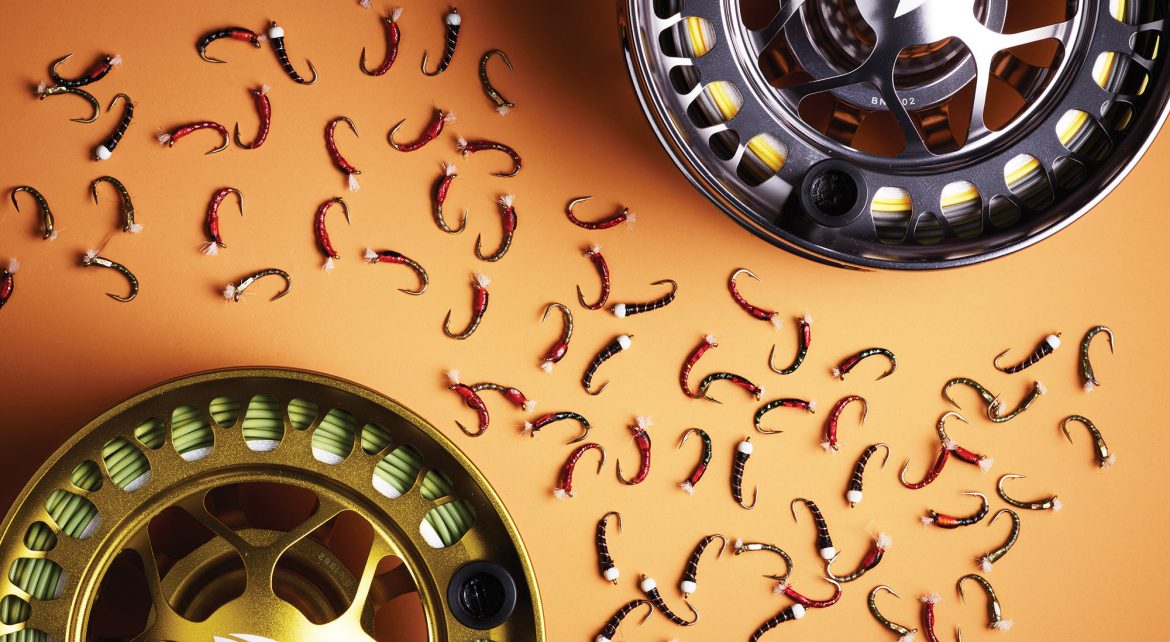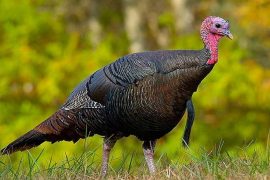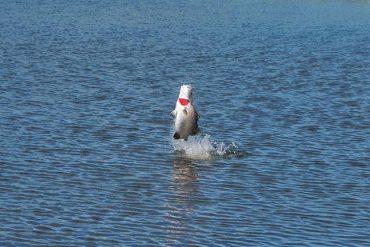
The first time I witnessed the power of chironomids was back in the 1990s on Lenice Lake in Washington state. I had been stripping a leech fly for hours without a touch. Twenty yards away, a buddy of mine was crawling a strike indicator across the surface at a snail’s pace. Below it hung a tiny, thin, wormlike chironomid fly—often just called a midge. Every few minutes, that indicator suddenly jerked under, a deep bend formed in his rod, and he’d slide another big rainbow into the net. After the seventh strike I couldn’t take it anymore. Making fun of him earlier for fishing these micro bugs in such big water was a mistake, I realized, and clearly he knew something I didn’t. I made the switch and within three casts was tied into a 5-pound rainbow. It was an eye-opening fish that changed my whole perception of how big trout feed in still water.
On western lakes and reservoirs, chironomids are one of the most abundant food sources in early spring, hatching as soon as the ice melts. At this time of year, after surviving the lean winter season, trout are on a serious mission to regain their energy stores, which means they may eat chironomids by the hundreds daily. Though I’ve been fishing these flies for years with some success, it wasn’t until last May that I got the ultimate chironomid education while fishing with Brian Chan, the angling advisor for British Columbia’s Freshwater Fisheries Society and renowned still-water trout expert. This crash course happened during a single day on Chan’s johnboat at an unnamed lake an hour outside Kamloops, B.C. What I learned will make you believe in the potency of these tiny flies for huge trout, and help you sink the net around more spring still-water trophies than ever before.
Chironomids begin their lives as eggs on the bottom. Next, as larvae, they eat decaying plant matter and build tube-shaped cases around themselves. When the pupae mature within these cases, they break out and ascend to the surface. If they reach it before a trout finds them, they struggle free of the pupal shuck and fly to nearby vegetation to mate. Females return to the water within 24 hours and drop eggs, which sink to the bottom, completing the cycle.
In spring, the pupal stage is key because pupae often suspend within a few feet of the bottom, wiggling as they finalize their transformation before rising to the surface. Large concentrations of chironomid pupae are available in small areas, and the trout casually swim through them, chowing down. According to Chan, determining whether the feed is on starts by eye.
“When I’m cruising around in the boat, I’m always looking for chironomid shucks on the water’s surface,” Chan explained as we idled out. “If I see them, I know a hatch is coming off. I also look for birds working over the water because they feed on these bugs, too.”
As Chan motored us along in 20 feet of water, he kept a sharp eye on his sounder. As soon as he marked four fish in a row, we dropped anchors off the bow and stern to keep the boat as still as possible.
“In water 20 feet or deeper, the sounder’s cone is wide enough to mark fish directly below the boat,” Chan said. “If you’re in 15 feet or less, then side-scanning sonar works best.”
What I couldn’t figure out was how we were going to suspend these tiny flies in the strike zone with fly rods in such deep water. The answer was some specialized rigging.
Chan’s chironomid rig starts with a 7½-foot leader that tapers down to an 8-pound tip. Once it’s connected to the fly line, he…





